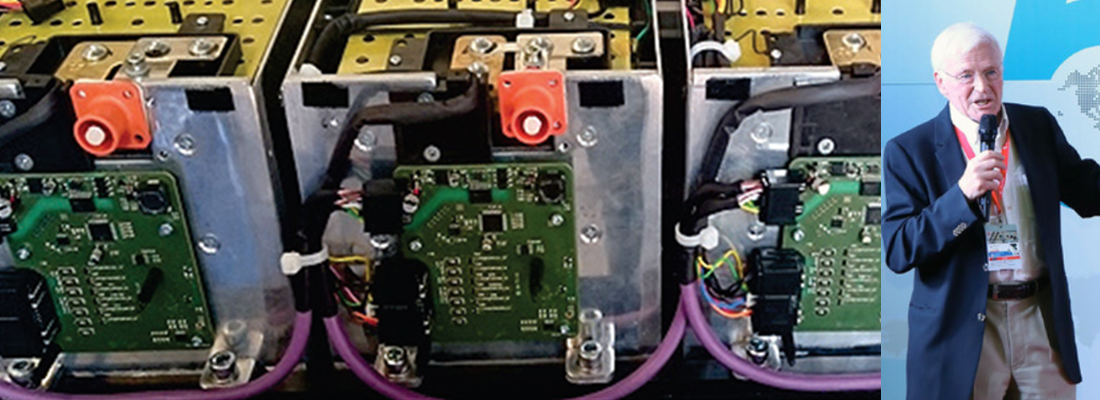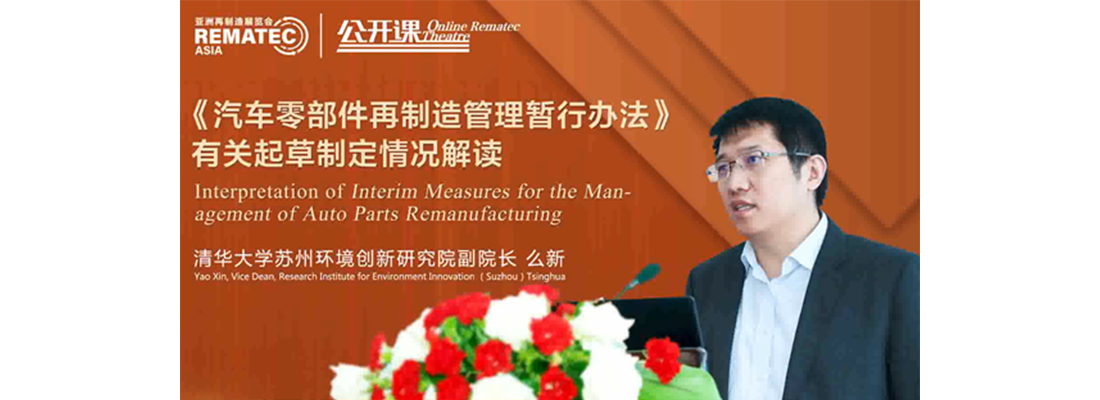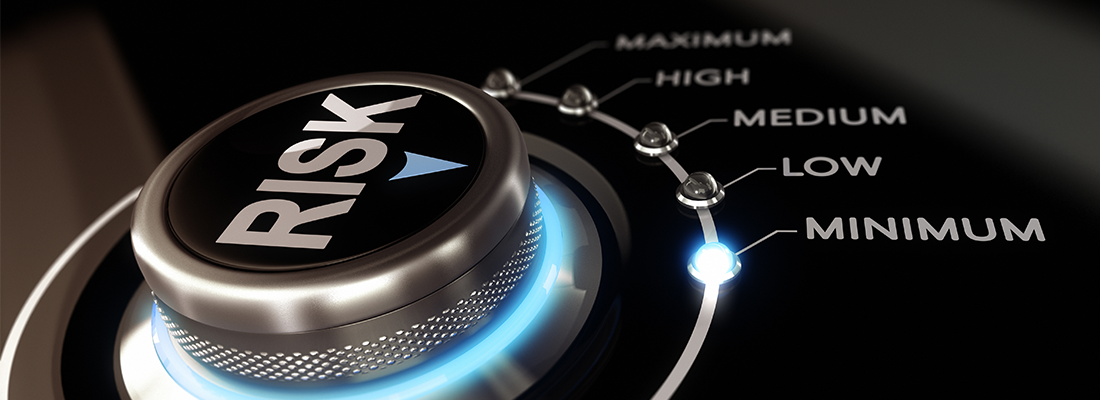ELV dismantling requirements, will the EU proposal help remanufacturing?
ELV dismantling requirements, will the EU proposal help remanufacturing?
The EU is proposing to expand dismantling obligations under the End-of-life Vehicles Regulation (ELVR). Representing vehicle recyclers, manufacturers and automotive suppliers, the European Recycling Industries’ Confederation (EuRIC), the European Automobile Manufacturers’ Association (ACEA) and the European Association of Automotive Suppliers (CLEPA) outline their views on the proposed expansion. The proposed ELV Regulation foresees new obligations on parts and component removals from end-of-life vehicles (ELVs) prior to shredding. The regulation seeks to: improve reuse, refurbishing, and remanufacturing; address compelling safety reasons (e.g., for traction or SLI batteries); and achieving higher levels of material efficiency, which could not be reached at an equivalent level of material extraction and separation with post-shredding techniques (e.g., catalytic converters).
ACEA, EuRIC, and CLEPA: it’s not a matter of disagreement
Neither ACEA nor EuRIC or CLEPA disagrees with the merits of dismantling vehicle components for reuse, provided there is a downstream market for their reuse. However, we challenge the added value of a number of component-specific mandatory dismantling obligations for re-use, safety, or material efficiency. In fact, for several components, dismantling is not the most efficient solution to achieve any of the above-mentioned objectives, and the corresponding trade-offs have never been assessed e.g., by a life cycle assessment or feasibility study. The reuse of all listed ELV parts would also constrain Authorised Treatment Facilities (ATFs) to dismantle ELV parts that are not fit for reuse, refurbishment, remanufacturing, or parts where there is no demand and would be destroyed. This incurs high dismantling, transport, and storage costs and a corresponding additional carbon footprint with no environmental benefit. Demand-side measures (e.g., reduced VAT, incentives based on insurance policies) would be more effective in bolstering markets and removal rates of reused, refurbished, or remanufactured parts without adverse effects.
Not all parts are useful and practical to remanufacture
For instance, the mandatory requirement to disassemble dashboards and displays for reuse and remanufacturing is not helpful since there is no demand for these spare parts, given the average lifespan of a car. Furthermore, the term dashboard is not clearly defined and consists of a large variety of sub-components and materials, with no cross-industry harmonised composition due to differing equipment levels and model sizes. Therefore, a corresponding separate dashboard waste stream would consist of a wild mix of materials and not contribute to improving the quality of recycled materials. Dismantling, shredding, and post-shredding technologies would still also be needed. The disassembly of several components, such as wiring harnesses or circuit boards larger than 10 cm², is also not justified. The content of precious metals, etc, depends on the function and number of components on the printed circuit board and not on size. Additionally, there is little possibility of easily dismantling entire wiring harnesses in combustion engine vehicles as they are embedded deeply into the vehicle early in the manufacturing process.
Their reuse is also impossible as they are uniquely customised to each vehicle. Furthermore, extracting the relevant materials would only be possible with advanced Post-Shredder Technologies (PST). State-of-the-art shredding and post-shredding technologies, as much as upcoming solutions optimised through digitalisation and artificial intelligence (AI), enable recovery of an extremely diverse range of materials. Under the precondition that sufficient capacity of state-of-the-art, economically efficient and industrially applicable post-shredding technology is implemented, comparable material separation results can be obtained. From a quality standpoint, it is essential to emphasise that the quality of recycled raw materials means that the applicable industry standards or specifications, be them in terms of contamination levels or mechanical properties, are met if state-of-the-art technologies are used. The new regulatory framework should foster the widespread deployment of advanced post-shredding and recycling technologies. Therefore, the proposed expansion of dismantling obligations is at odds with innovative processes using different advanced technologies (density separation, spectroscopy/optical sorting, gravimetric separation, artificial intelligence-based sorting, etc) to recover extremely high-quality grades of different materials in post-treatment facilities. These investments by recycling industry frontrunners and Europe’s leadership in providing technologies may be lost. Last but not least, in many EU countries, there is simply no labour force available to perform this manual work. It should also be noted that the proposed timeline of requirements for components is inconsistent and should be aligned. In summary, removal obligations for components must always be technically feasible, economically viable, proportional, and aligned with the European Green Deal’s objectives. A specific use must also exist. A requirement for mandatory manual dismantling should only be specified if the desired goals cannot be achieved otherwise. In principle, the best available technology should be used for each recycling process.
Share your remanufacturing stories with us
Do you have an innovation, research results or an other interesting topic you would like to share with the remanufacturing industry? The Rematec website and social media channels are a great platform to showcase your stories!
Please contact our Brand Marketing Manager.
Are you an Rematec exhibitor?
Make sure you add your latest press releases to your Company Profile in the Exhibitor Portal for free exposure.





